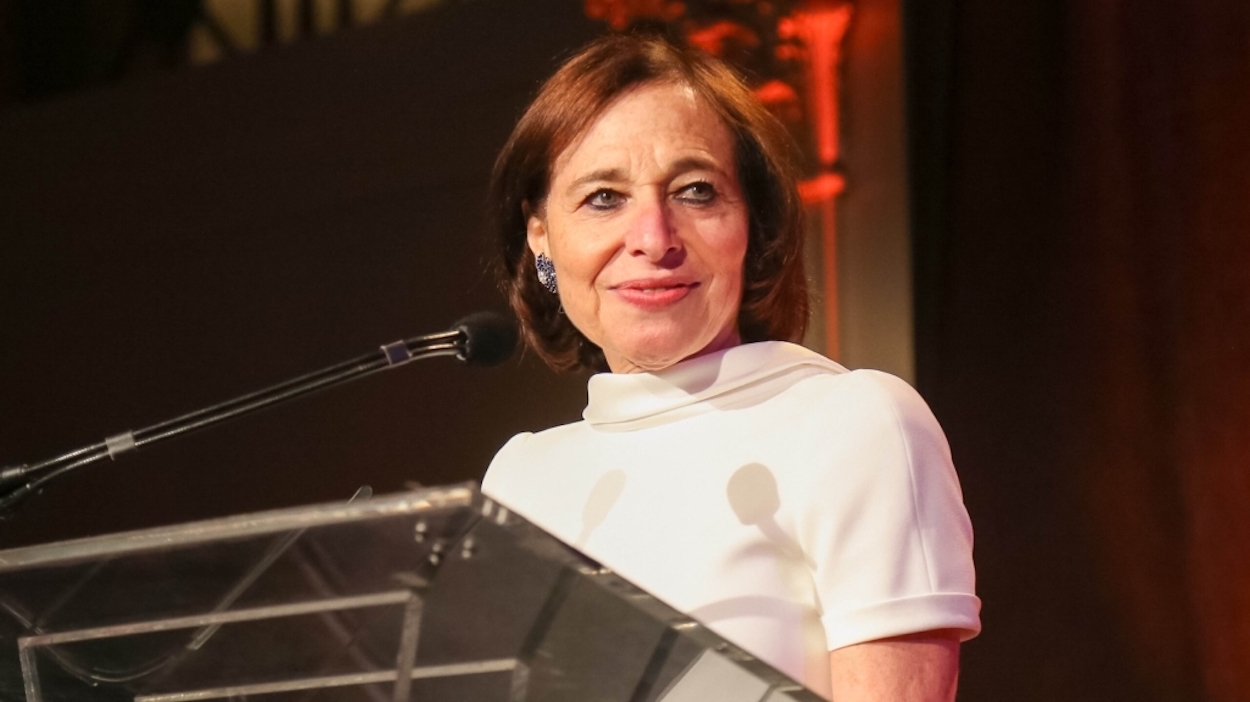Everything You've Heard about the Middle Class Is Wrong
Everything You've Heard about the Middle Class Is Wrong
"Whether its growth is being hailed as a major advance for Latin America or its alleged decline in the developed world is taken as a sign of the global North’s impending fall, the middle class has assumed almost totemic status in popular discussions," writes AS/COA's Christopher Sabatini for CNN-GPS. "The reality, though, is more complex."
Whether its growth is being hailed as a major advance for Latin America or its alleged decline in the developed world is taken as a sign of the global North’s impending fall, the middle class has assumed almost totemic status in popular discussions. The reality, though, is more complex.
The confusion stems in large part from how we define the middle class.
In the seemingly interminable 2012 U.S. presidential election campaign, the U.S middle class loomed like an endangered species, so much time was spent by the candidates positioning themselves as the savior of the supposedly beleaguered middle class. Lost within the debate was the matter of whether the U.S. middle class was actually shrinking and why – or why not.
Read the Fall 2012 issue of Americas Quarterly focusing on Latin America's middle class.
According to Brookings Institution scholars Scott Winship and Ron Haskins, the U.S. middle class has not contracted. That’s largely because most measures have failed to include the tax and social benefits that U.S. policy provides and are currently on the chopping block in the negotiations over the fiscal cliff.
Maintaining or expanding state support, though, is not enough. As Winship and Haskins argue, to rise above this state-supported floor, what is required is a more competitive educational system (the U.S. ranks among the lowest scorers in international student achievement tests) and job growth. In short, the answers to the U.S.’, until now, non-shrinking middle class is a mixture of state and market.
Then there’s the issue of the middle class in the emerging economies. Here there’s a lot of variety that belies the optimism of businesses and economists. World Bank economist Luis Felipe Lopez-Calva provides one of the objective and realistic analysis of Latin America’s middle class, arguing that the threshold is $10 income per day.
Even here though, two questions emerge. The first is the vulnerability of the middle class. When many discuss the middle class, they carry a load of assumptions about the middle class’ security and political orientations – much of this based on the role and imputed role of the middle class in economic and political development in more developed economies.
Few of those apply to Latin America.
Let’s start with economic security. The rise of Latin America’s middle class owes much to stable macroeconomic policies and innovative social programs. Low inflation has increased incomes and allowed for the expansion of credit. At the same time, floating exchange rates and liberal trade policies have allowed countries like Chile, Peru, Colombia, Mexico and Brazil to insert themselves into the global economy, further spurring growth rates.
The same is not true for all countries in the region. Venezuela faces an inflation rate approaching 30 percent and an exchange rate that teeters on the verge of devaluation. Argentina too is pretending not to flirt with high inflation. In both countries, ironically, the once-strong middle classes are shrinking.
But sound macroeconomic policies and economic growth alone didn’t spawn the new middle class. Look at the Dominican Republic compared to Ecuador. The former has slavishly followed the liberal model. While the policy has produced economic growth (averaging 5 percent for the last 5 years) the country’s middle class has contracted by about -3 percent. In contrast, Ecuador – hardly a poster child for neo-liberal policies – has seen its middle class grow by more than 10 percentage points from 2000 to 2010.
Modern social policies in Latin America have played a crucial role in raising families out of poverty – but they may not be sufficient to keep them in the middle class. The major innovation in social policy in the last two decades has been conditional cash transfers (CCTs) that provide direct income transfers to families of the poorest of the poor. When the measure of poverty – or middle classness – is income-based, though, such programs obscure the real stability of the middle class.
There is little difference between those receiving a direct state subsidy and those who have achieved a stable, formal job. In both cases, daily income has increased, but only in the case of the latter economic security has.
Social policy – whether through stable macro policy or CCTs – may have helped families pass the threshold to the middle class, but these policies don’t guarantee that they will stay there.
One of the key challenges is access to formal employment. Labor law reform will open opportunities for formal jobs. Until it recently liberalized labor laws, under 60 percent of Mexican citizens worked in a “formal” job, meaning that nearly half of Mexico’s labor force is in the informal sector, without access to real benefits, like pensions and health care.
The other challenge is re-adjusting social policy to accommodate this region’s new demographic reality. There exists a huge breach between CCTs and Latin America’s traditional – though often regressive – social policies. Today, social policies need to be re-jigged to provide a floor of social insurance to the socially mobile.
Frankly, it’s not unlike the challenge in the United States. In this case, the middle class may be keeping their heads above water thanks to old-time policies. Making sure they stay there requires opening up formal job opportunities and refining social policies. Maybe we can learn from Latin America.







